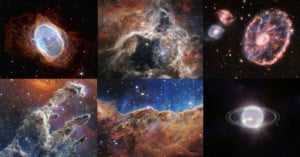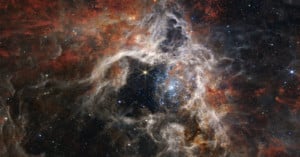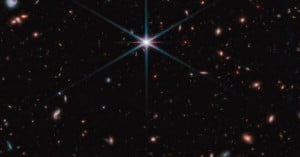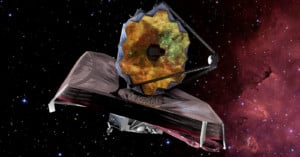
The Best James Webb Space Telescope Photos of 2023
The James Webb Space Telescope (JWST) has wrapped up its first full year of scientific operations, and beyond "breaking" cosmology, the telescope has also delivered some of the most spectacular photos of deep space ever seen.




































